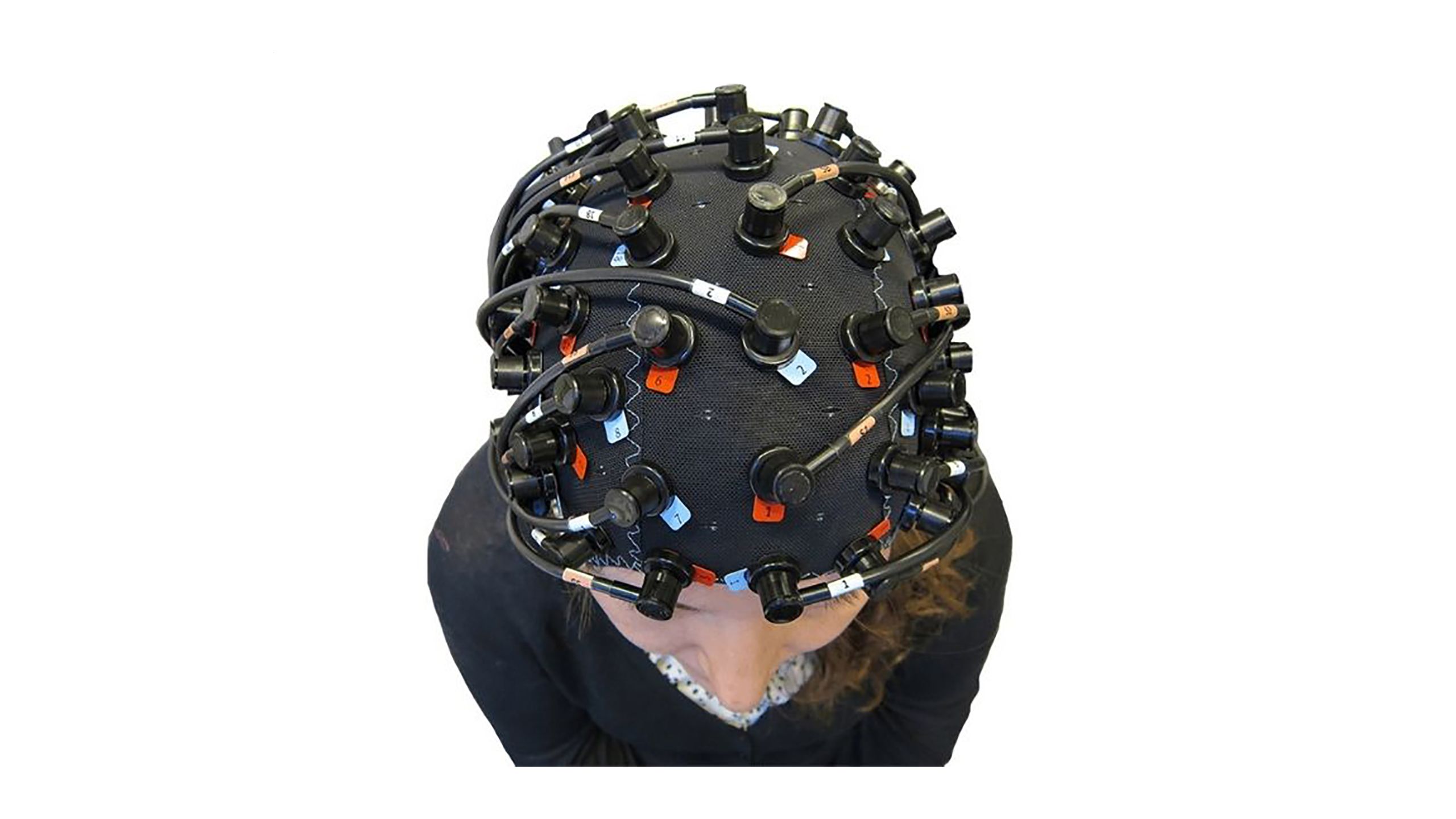BRAIN DRAIN
Blood Use in Diabetic Older Women Linked to Motor Function Problems

The brains of older women with Type 2 diabetes do not use as much oxygenated blood as those who don’t have the disease, UH researchers have discovered.
The research is the first to point to changes in blood use in the brain as the primary reason for diabetes-related deficits in motor function. It also furthers the understanding of sensory and motor symptoms as a precursor to developing dementia and Alzheimer’s diseases, both of which are linked to diabetes.
Until now, there has been no assumption that something is going on with respect to brain function that is affecting sensory and motor functions in persons living with Type 2 diabetes.
“It’s a pretty significant finding. Typically, when someone presents with a sensory or motor issue along with Type 2 diabetes mellitus, the assumption is that it’s the result of peripheral nerve damage in the hands and feet,” said Stacey Gorniak, associate professor in the UH Department of Health and Human Performance and director of the Center for Neuromotor and Biomechanics Research. Gorniak published her findings in the journal Neurophotonics.
Her findings, she said, opens research possibilities for other groups of people with the disease, in hopes of finding a way to therapeutically avoid the negative health effects of diabetes.
“We need to see what this looks like in a larger population, including men, and then we can start developing treatments or different ways we could potentially stop these negative impacts of Type 2 diabetes,” said Gorniak.
